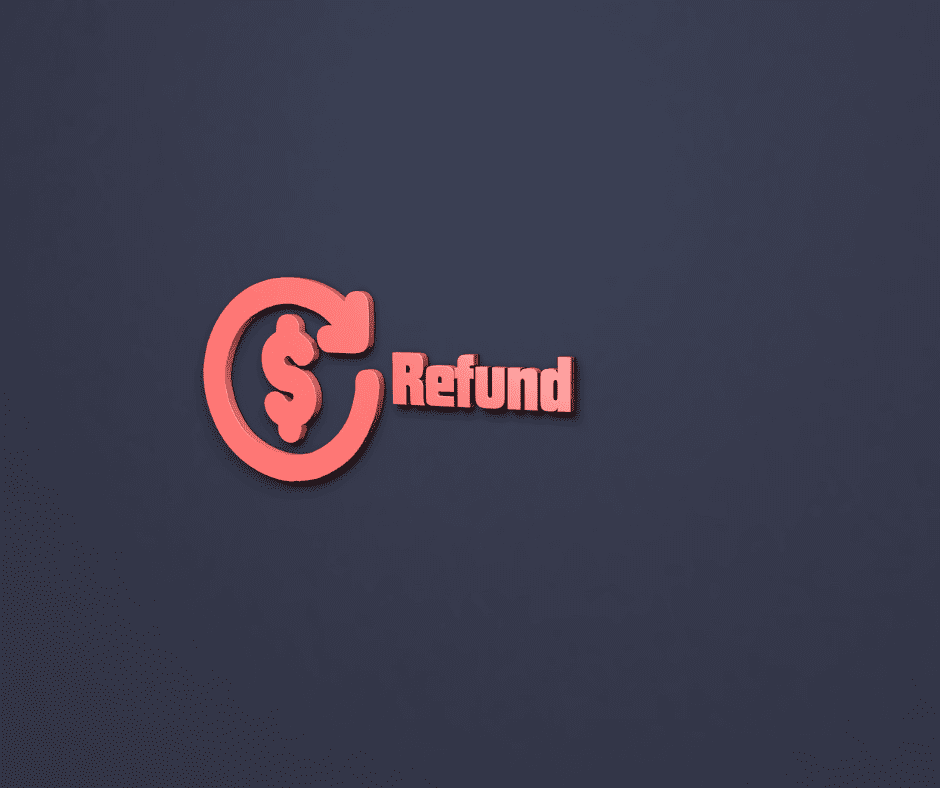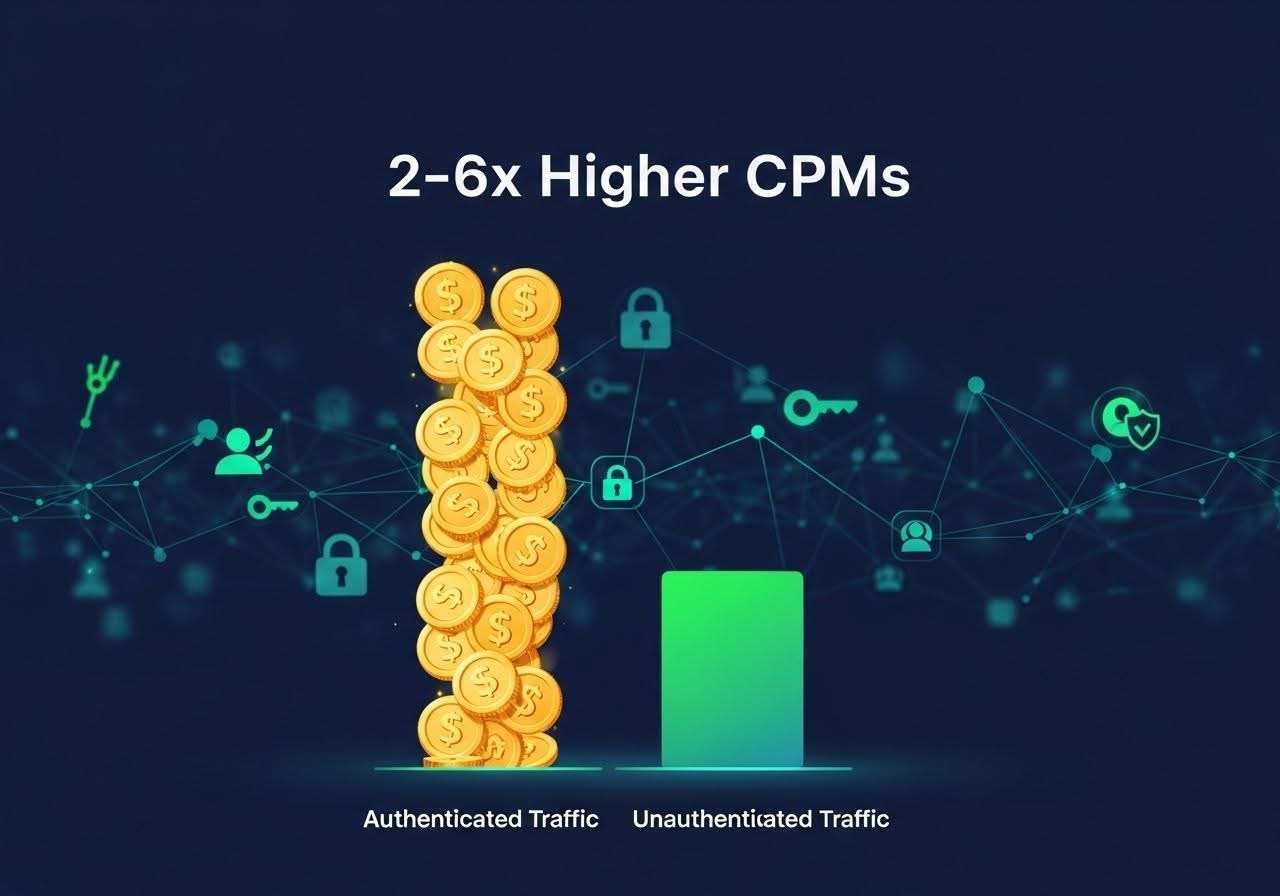If you’ve ever sat down to list something and thought: “What do I even put in the title?” you’re not alone.
As a veteran reseller, adding keywords comes super naturally to me, but when I’m helping other resellers, like with my Reseller Check Ups, I find that a lot of people struggle with how to find and put in the right keywords!
Here’s the truth: keywords are everything. They’re what buyers type into the search bar, and if you don’t have them in your title or description, your item might as well be invisible. I’m so serious!
The good news? Keywords don’t have to be complicated. After thousands of listings on eBay and Poshmark, I’ve narrowed down the exact types of keywords I use over and over that help my items actually get found — and sell.
👉 If you want a giant master list of keyword ideas, check out my Poshmark Keyword List.
In this post, I’m sharing the exact keywords I actually use in my titles regularly and how to find the right keywords for your own listings. Let’s go!
Why Keywords Matter
Here’s the deal: buyers don’t find your items by accident. They type in something like “Free People maxi dress boho floral size small.” If your title just says “Free People Dress,” your item is buried under hundreds of others.
Remember: keywords = visibility = sales.
Even if you’re running bundles or sending out offers and taking really good pictures (which I cover in my Poshmark Photo Tips post), none of that works if shoppers can’t find your listing in the first place.

How I Find Keywords
I don’t overcomplicate it. Here’s my process:
- Check sold listings: I search comps on eBay and see which words sellers used in their titles. Their items sold, so using their keywords is a nice little hack.
- Use autofill: Start typing into the search bar and the suggested phrases are what buyers are already searching for.
- Think like a shopper: What would you type if you wanted to find that exact item?
Just like sharing your closet regularly (see my How I Share 10x a Day on Poshmark post), using strong keywords is one of those habits that snowballs into more sales.
My Exact Keywords I Use
Okay, let’s get into the good stuff. These are the actual types of keywords I use in my listings every single day on eBay and Poshmark. I literally pulled them from my own titles, not random lists, so you can see how simple but powerful they really are.
The truth? You don’t need a massive 1,000+ keyword list. Most buyers aren’t searching that deeply. What does work is combining common, highly relevant keywords in the right order so your item shows up in real searches.
Here’s how I break it down:
1. Brand Names (always first)
This is the #1 thing buyers type in. Even if it’s a common mall brand, I include it.
Examples:
- Popular mall + mid-tier brands: Madewell, Free People, Anthropologie (Maeve, Pilcro, Akemi + Kin), American Eagle, Abercrombie, Torrid, J. Crew, Banana Republic, Gap.
- Athletic/activewear: Lululemon, Athleta, Nike, Adidas, Under Armour, Prana.
- Premium/eco brands: Everlane, Eileen Fisher, Patagonia, REI, Vuori.
- Denim staples: Levi’s (501, 517, 721), Kut from the Kloth, AG Adriano Goldschmied, Big Star, Joe’s Jeans.
- Shoes: Frye, Keen, Birkenstock, Vans, Dr. Martens, Xero Shoes, Allbirds.
- Designer & niche: See by Chloe, Ivanka Trump, Joie, Buttercloth, Thomas Pink.
💡 Pro tip: If you’re selling a non-name brand, still list it, even if just in the description. Sometimes buyers search for exact brands like “Maurices pants” or “Lane Bryant dress.”
2. Item Type (what it actually is)
Buyers search by what the thing is. I always make sure this word is clear and up front.
Examples:
- Tops: blouse, tank top, t-shirt, tunic, sweater, hoodie, cardigan, crop top.
- Pants: jeans, leggings, joggers, trousers, chinos, cargo pants, capris, sweatpants.
- Dresses/skirts: maxi dress, mini dress, cocktail dress, wrap dress, shift, midi skirt, pleated skirt.
- Outerwear: jacket, coat, blazer, vest, poncho.
- Shoes: boots, sneakers, sandals, flats, mules, loafers, slip-ons, clogs.
- Bags/accessories: backpack, tote, duffel, crossbody, belt, scarf, beanie.
3. Fabric / Material
Fabric keywords can make or break a sale. Some buyers specifically search by material.
Examples:
- Everyday: cotton, polyester, nylon, rayon.
- Premium/natural: linen, silk, wool, organic cotton, cashmere, virgin wool.
- Trendy textures: corduroy, velvet, leather, vegan leather, sherpa, fleece, ribbed knit.
- Performance: quick-dry, moisture-wicking, stretch, compression.
4. Style / Aesthetic Keywords
These catch the vibe. A lot of my sales on items that aren’t brand names come from trending style keywords.
Examples:
- Core aesthetics: boho, minimalist, casual, business casual, athleisure.
- Trendy descriptors: cottagecore, quiet luxury, Y2K, 90s, retro, vintage.
- Occasion/style: cocktail, evening, loungewear, festival, vacation, western.
- Fit/style cues: wrap, bodycon, tunic length, oversized, boxy, cropped.
5. Fit / Cut / Shape
This helps buyers find something they already know works for their body.
Examples:
- Pants/jeans: high rise, mid rise, low rise, skinny, straight leg, wide leg, bootcut, cropped.
- Tops/dresses: oversized, fitted, flowy, empire waist, tunic length, off-shoulder, sleeveless, ¾ sleeve.
- Shoes: knee-high, ankle, slip-on, lace-up, pointed toe, round toe, platform.
6. Condition & Desirability Cues
These small but powerful words help listings stand out.
Examples:
- NWT (new with tags), NWOT (new without tags), NIB (new in box).
- Vintage, Y2K, 90s, retro.
7. Size (non-negotiable)
Always include it in the title. People do search by size.
Examples:
- Women’s: “Women’s Size 6,” “Plus Size 2X,” “34C.”
- Men’s: “Men’s 32×32,” “XL Tall,” “Large.”
- Kids: “Toddler 3T,” “Boys 6/9M,” “Girls Youth 12.”
Real Example Titles I’ve Used
- “Levi’s 517 Bootcut Jeans Men’s Blue Denim Pants 33×32”
- “Everlane Renew Black Leggings The Perform Full Length Medium”
- “Free People MTNG Tall Knee High Boots Women’s Size 40”
- “Eileen Fisher Organic Cotton Top 2X Oversized Knit Coral”
- “Vintage Roxanne Skirted One Piece Swimsuit Green 12/34C Sleeveless Tank”
Notice how each stacks brand + item type + fabric/style + size. That’s it. Clear and simple.
How I Build My Titles
I like to keep my formula simple:
Brand + Item + Size + Style/Fabric + Fit/Descriptors
Example:
Madewell Orchard Mini Dress Womens 4 Flutter Sleeve V-Neck Floral Purple
See how that covers everything a buyer might type in? That’s the goal.
(P.S. A strong title is only half the battle. Here are some of my best tips for selling used clothes on eBay.)
Common Mistakes to Avoid
- Using fluff words like “cute” or “pretty” → nobody searches those.
- Forgetting the size in the title → this one is huge!
- Leaving out fabric or fit details that matter.
- Keyword stuffing → don’t just pile random words, keep it natural.
Pro Tips
Update old listings regularly
Don’t let your old inventory get buried. Refreshing titles with updated keywords (seasonal trends, better descriptors) can really help stale listings sell.
Follow trends
Keywords like Y2K, quiet luxury, cottagecore, gorpcore, workleisure rise and fall in popularity. If you spot these trending on Pinterest, TikTok, or even eBay’s “hot items,” sprinkle them into your titles where they naturally fit.
Always lead with the brand name
On Poshmark and eBay, the brand is often the first filter buyers use. These days, brand isn’t everything, but for a lot of buyers who are looking for a specific item, if it’s a name brand, they want to see it.
Don’t skip size in your title
Size is one of the top filters buyers use. Put it right in your title (Women’s 8, Men’s 32×32, 2XL, etc.), not just in the item details.
Use fabric and fit descriptors
Buyers often shop by feel and comfort: linen, silk, cashmere, oversized, cropped, wide-leg, high-rise. These keywords instantly add searchability.
Capitalize on seasonality
Adding seasonal keywords like holiday dress, summer sandals, fall boots, winter coat can give your listings an edge in that season.
Learn from your own sales
Track which of your items sold fast and what keywords you used.
Don’t keyword stuff
eBay especially can ding you for “stuffing” irrelevant keywords. Stick to natural, accurate words that buyers would actually search.
Leverage synonyms
Example: sweater vs. pullover, jumpsuit vs. romper. Use the version that’s most popular, but don’t be afraid to test both across different listings.
Add extras to descriptions
If you run out of space in the title, add them to the description! Those will still help your item show up in search results, just make sure the most important ones are in the title.
Final Thoughts
Keywords aren’t really a hack, but they are one of the easiest ways to improve your visibility and get more sales. Start by updating five of your old listings today with better titles!👉 Feeling stuck after a few sales? My Reseller Roadmap course helps beginners go from random listings to consistent income! You’ll learn how to source smarter, sell faster, and finally feel like you’re making progress.

 1 month ago
1
1 month ago
1
.jpeg)





















.jpeg)












 English (US) ·
English (US) ·